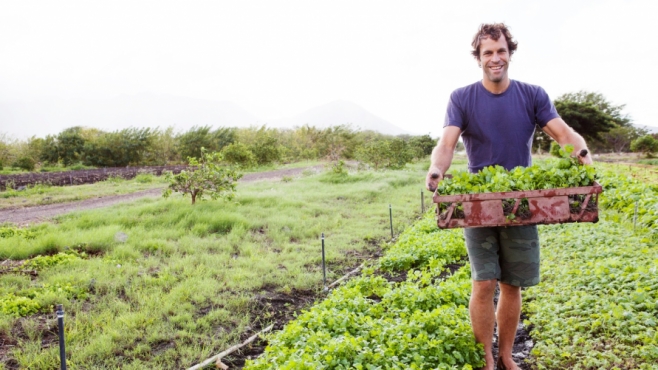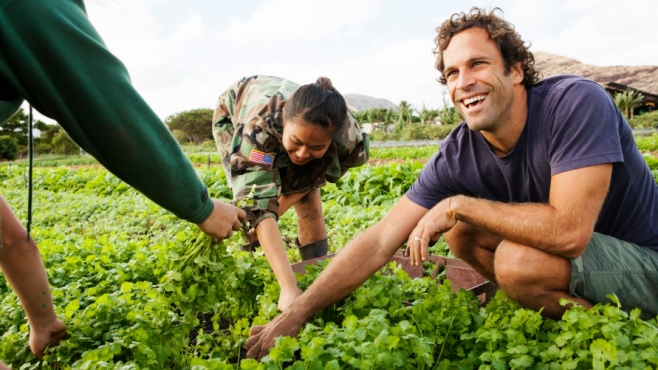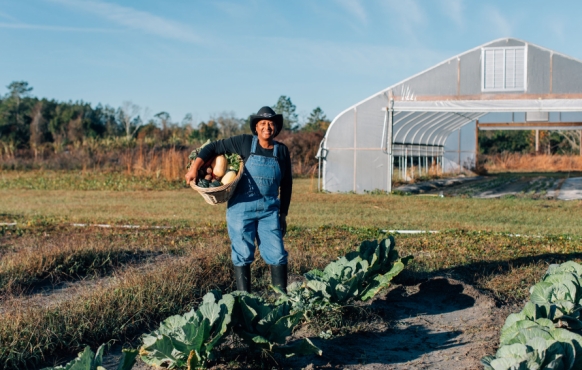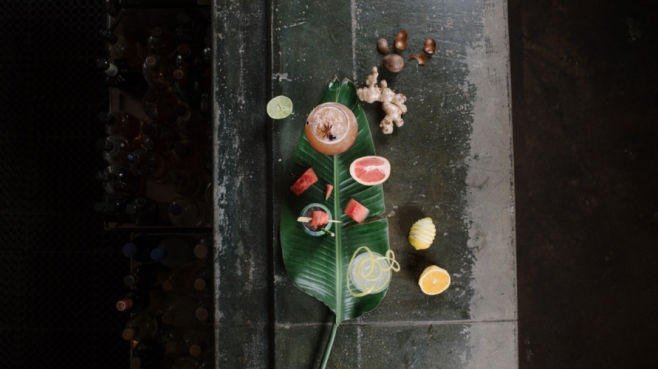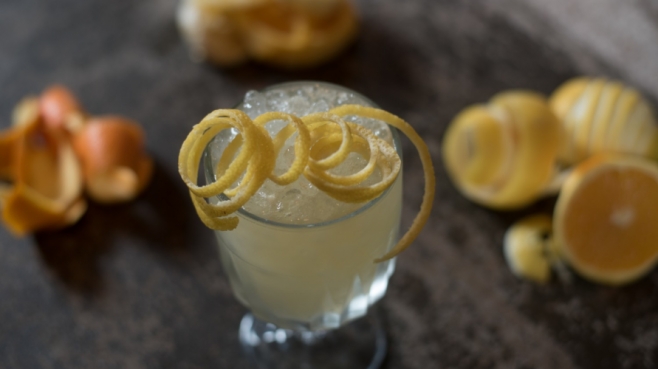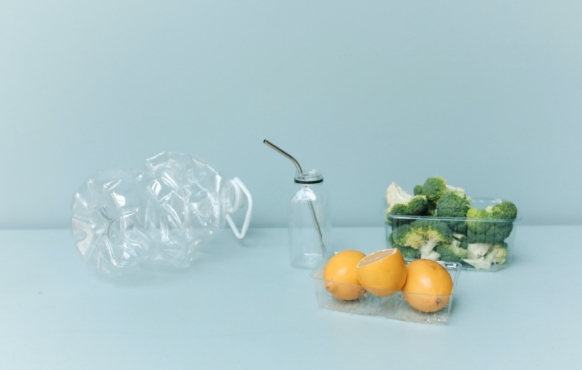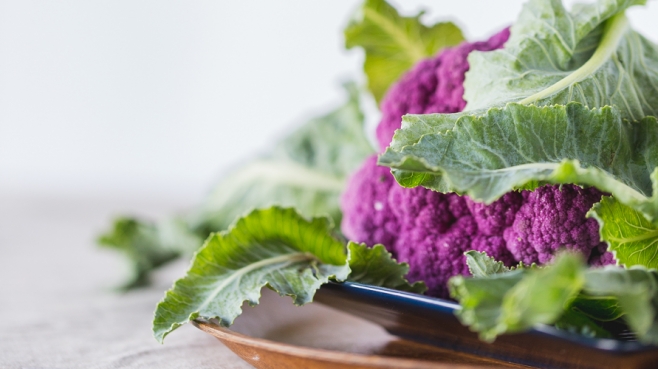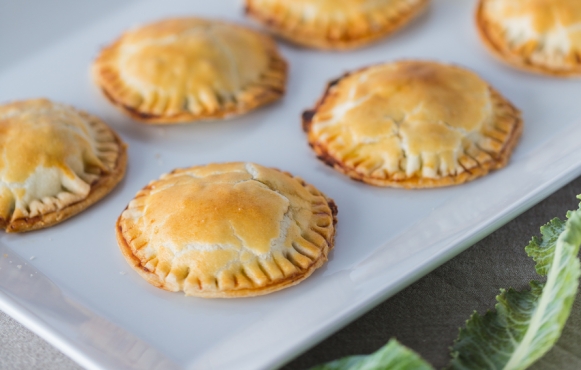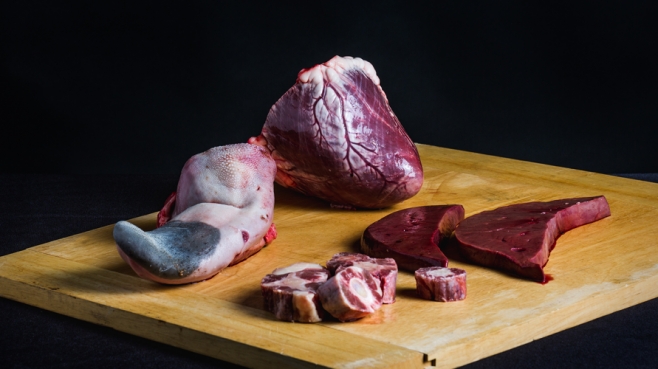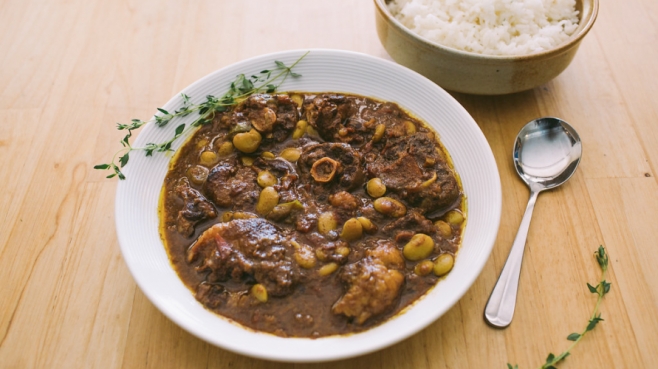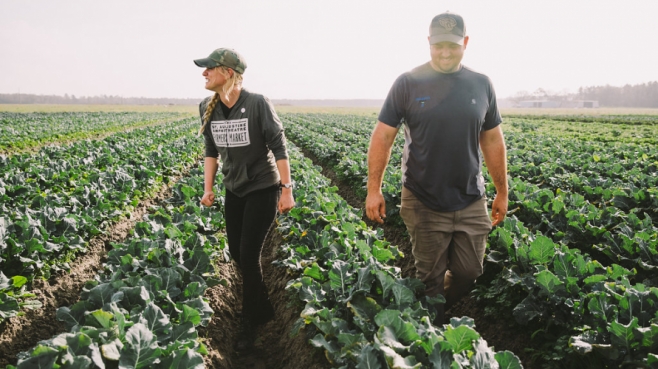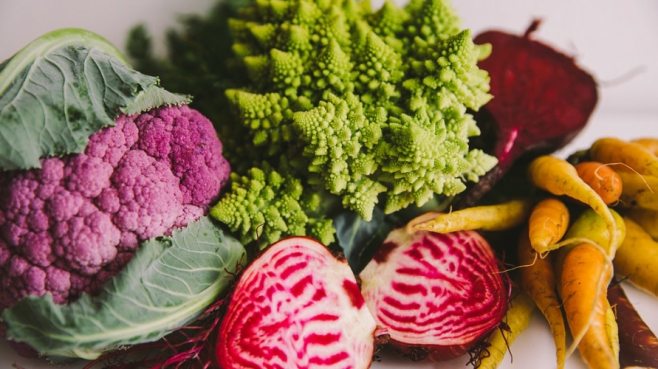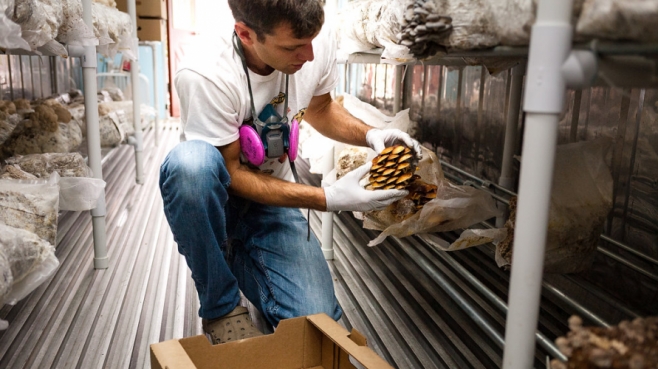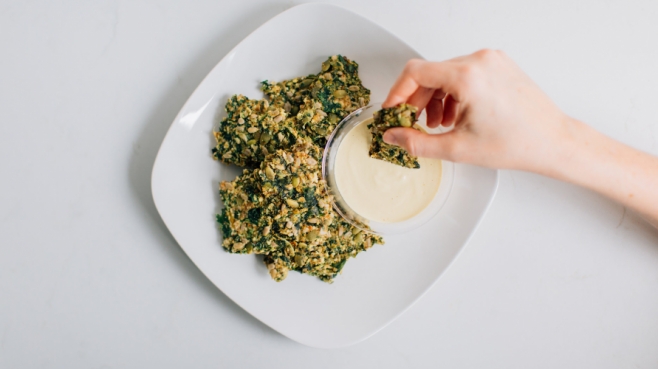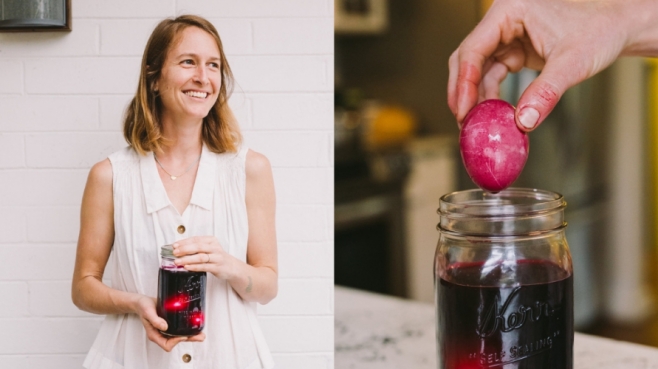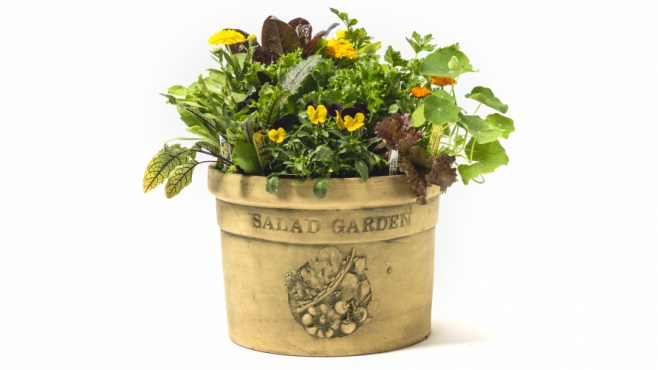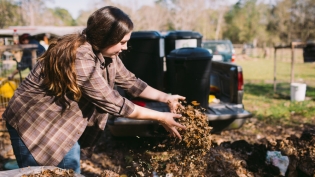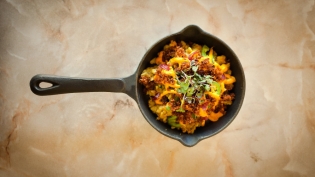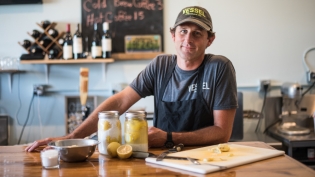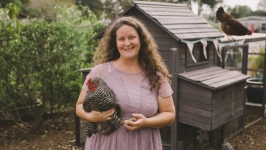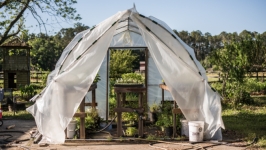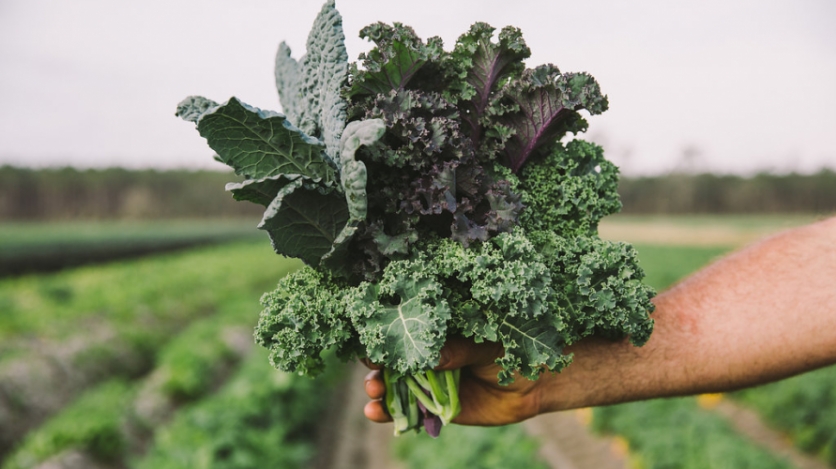
"How we grow food has enormous effects on the environment - climate change as well as pollution of air, water and soil."
-- Marion Nestle
Apart from blueberries and a few blue-purple potatoes, the color blue does not naturally occur in food. In fact, studies have found that the inclusion of blue food on a plate is an appetite suppressant.
Such is not the case with green, however, especially when we think of healthy foods. The color is considered soothing and good for digestion. Green leafy vegetables are rich in chlorophyll and green cruciferous vegetables contain antioxidants, vitamins and minerals essential for healthy bodies.
Besides being a prevalent color in our produce selection, green can also be an approach to how our food is produced and distributed. Businesses adopting "green practices" believe that more environmentally friendly and ecologically responsible decisions and lifestyles can help protect the environment and sustain our natural resources for current and future generations.
When it comes to growing, packaging, distributing, purchasing and cooking our food, whether we want to admit it or not, everything we do affects the environment. In our Green Issue, we examine facets of that impact and what we can do as individuals and as a community to make our system more sustainable. Our feature interview with musician Jack Johnson provides insights on his support for local food and the environment in our region and steps he is taking to make his concert tours as green as possible. Then, read about organic farming in our region, or the lack thereof, and how to decipher organic labeling in the supermarket produce aisle. Learn about practical steps you can take to reduce single-use plastics in the food chain (even Queen Elizabeth is pushing for environment-friendly changes, with waste-reduction plans that will ban plastic straws and bottles at all royal estates).
Want to cut down on food waste? We have some suggestions for serving underutilized food products that would otherwise go in the trash, such as leftover juice pulp, cauliflower and broccoli leaves and variety meats. Heads up on the story about offal (internal organs such as liver, tongue, heart, kidneys), as the photos of these meats might be too graphic for some readers. We hope you are not too squeamish, especially if you eat beef, pork or other animals. The heart, after all, is a muscle, like other cuts of meat, and we hear it makes a very tasty stew when simmered in a slow cooker.
We love to hear about ways our community is embracing environmentally friendly practices, both at home and businesses. Tag us on social media @edibleneflorida and let us know how you go green.
**********
STORIES & RECIPES FROM THE GREEN ISSUE


